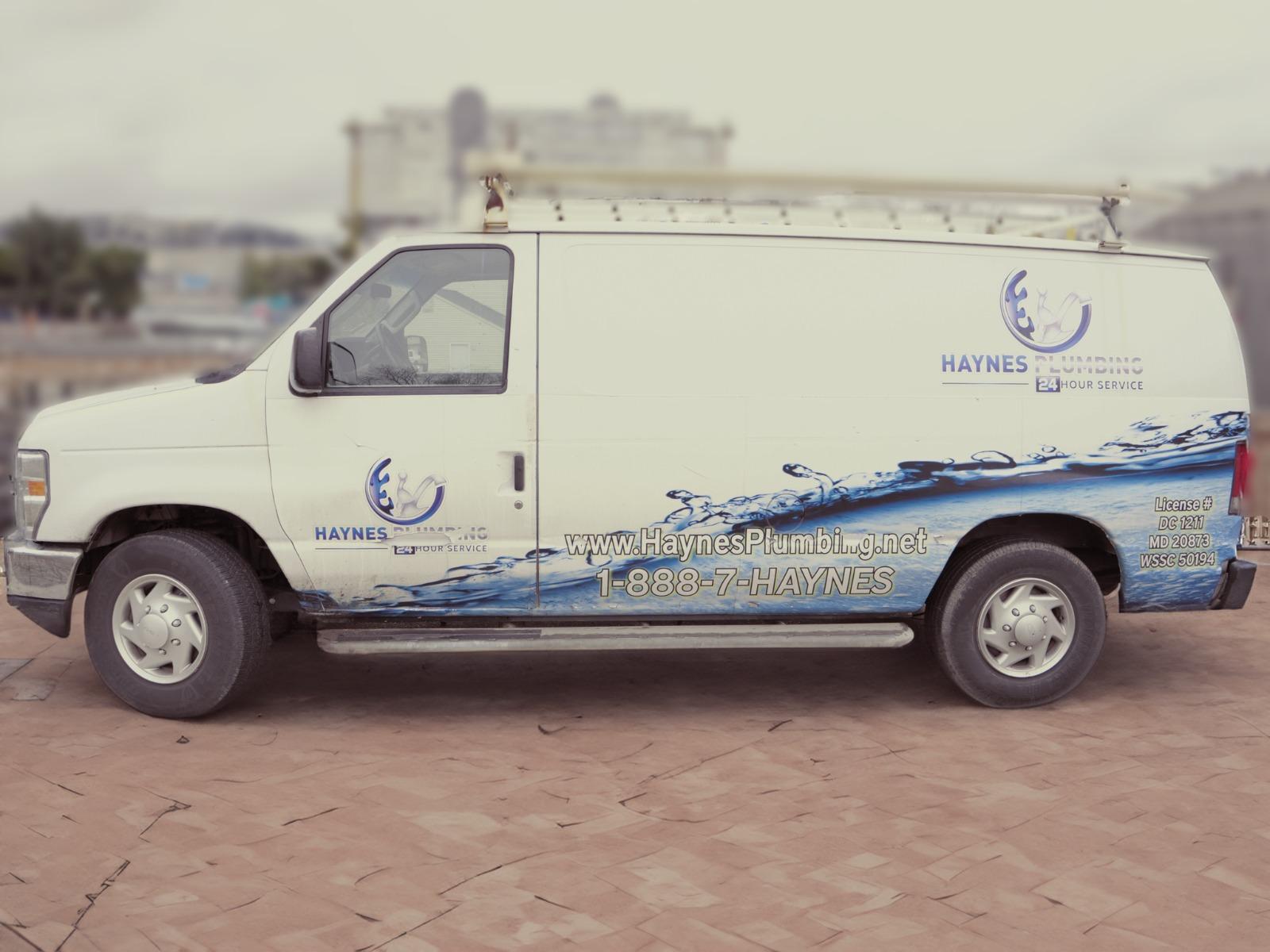When it comes to protecting a home or commercial building from water-related damage, many property owners focus on what’s visible—gutters, downspouts, and surface slopes. However, one of the most critical components of water management is often hidden beneath our feet. That’s where underground drainage systems come in. These systems are not only foundational to proper water redirection but are also a long-term solution to flooding, soil erosion, and structural issues.
Let’s dive into why underground drainage matters, how it works, and why it’s an investment you shouldn’t ignore.
Understanding Underground Drainage: The Basics
An underground drainage system is a network of pipes and channels installed below the ground to carry excess rainwater, wastewater, and groundwater away from buildings and landscapes. These systems are designed to handle water that can’t be redirected through surface methods, such as sloping or open ditches.
These are some of the key components in a typical system:
-
Drainage pipes (often perforated) for water collection
-
Catch basins and inlet grates to gather water from surface areas
-
Sumps and pumps for areas below gravity-fed flow
-
Discharge outlets that release water to storm drains, retention ponds, or soakaways
Proper installation ensures that all components work together seamlessly to keep your property dry and structurally sound.
Why Underground Drainage Is a Smart Investment
Drainage problems may not be immediately visible, but they can silently compromise the integrity of your property over time. From soggy yards to cracked foundations, water damage creeps in slowly and expensively.
Here are some of the most compelling reasons why installing underground drainage systems is crucial:
1. Prevents Foundation Damage
Excess water pooling around your foundation can cause hydrostatic pressure, which leads to cracks and shifts in the structure. These problems can escalate into major safety concerns and are notoriously expensive to repair.
2. Eliminates Yard Flooding
Flooded lawns, muddy walkways, and standing puddles aren’t just unsightly—they can ruin landscaping and restrict outdoor use. Underground drainage can keep your yard usable and beautiful all year round.
3. Reduces Mold and Moisture Problems
Basements and crawl spaces are often the first places to show signs of poor drainage. Water seepage encourages mold growth, which poses health risks to your family and weakens your home’s air quality.
4. Protects Driveways and Sidewalks
Improper drainage can lead to cracks and subsidence in concrete and asphalt. Keeping water away from paved areas extends their lifespan and improves safety.
5. Boosts Property Value
Homes and commercial buildings with effective drainage systems are more attractive to potential buyers. Not only does this reduce future liabilities, but it shows that the property has been maintained with foresight.
Signs You May Need Underground Drainage
Some signs are easy to miss until a bigger issue emerges. Here are red flags that your current drainage may not be up to par:
-
Puddles that remain long after rainstorms
-
Water stains in the basement
-
Uneven or shifting foundation
-
Soggy or dead patches of grass
-
Mold or musty odors inside the house
-
Visible cracks in exterior walls or flooring
If you’ve noticed any of these symptoms, it might be time to explore the benefits of a properly designed underground drainage system.
How Underground Drainage Works with Your Landscaping
A big concern for many homeowners is whether installing a drainage system will disrupt their yard. Fortunately, modern techniques and equipment allow professionals to install these systems with minimal disruption to existing landscaping.
After installation, most areas are restored and relandscaped, and in many cases, the system actually enhances long-term yard health. By keeping excess water away from plants and walkways, you reduce the risk of overwatering and erosion.
Maintenance and Longevity
Once installed, underground drainage systems are largely maintenance-free. However, like any part of your property, they benefit from occasional checks, especially after heavy storms. Clearing debris from catch basins, checking for blocked outlets, and ensuring sump pumps (if installed) are functioning can help keep everything running smoothly.
With proper care, these systems can last for decades, offering reliable protection through changing seasons and climates.
Final Thoughts
Underground drainage systems might not be visible, but they’re an integral part of any well-maintained property. Whether you're dealing with standing water, damp basements, or simply want to prevent future issues, investing in underground drainage is a proactive way to protect your structure and preserve your landscape.
From minimizing long-term repair costs to enhancing property usability and safety, underground drainage offers silent, dependable defense against water damage. Don’t wait until a major problem surfaces—take the initiative now, and your property will thank you for years to come.

